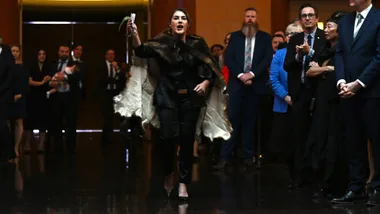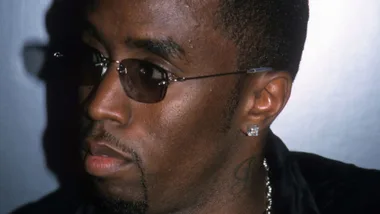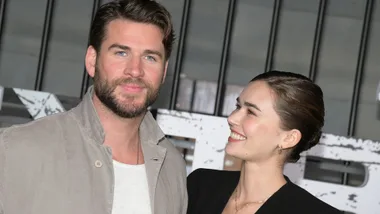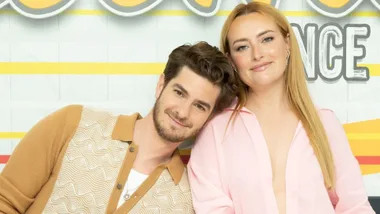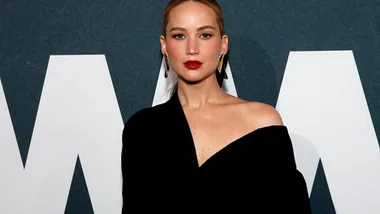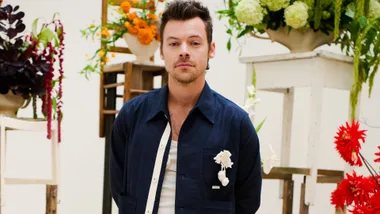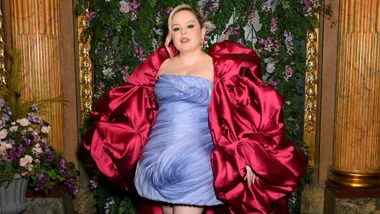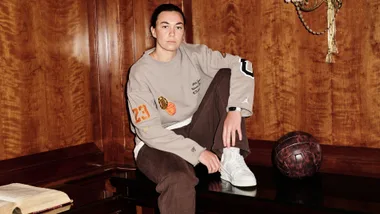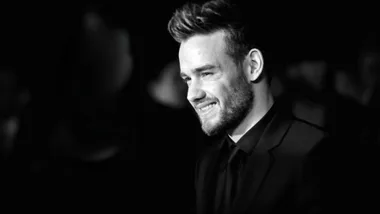After Australia threw its full support behind the Matildas this year, we caught up with sportswomen from six other powerhouse national women’s teams who deserve the same energy and elevation our soccer stars received.

Netball: The Diamonds
It’s been a big year for netball. First up, the sport held off some stiff competition to remain the nation’s number one participation sport for women and girls. Then the Super Netball season reported record attendance figures and increases in ticket sales, while the July grand final was the most watched local netball league match ever on Foxtel. To top it all off, in August this year the Diamonds brought home the Netball World Cup for the 12th time.
Despite this good news, the game was also in the headlines for all the wrong reasons. Media coverage of the Diamonds centred on off-court controversies, such as sponsorship stoushes, pay disputes and the viability of the game to convert mass appeal into a loyal fan base.
“We’ve got the third highest participation rate of any sport in Australia, but getting people out there watching the game is still a challenge,” says Diamonds player Paige Hadley. “We need to build interest in the game because there’s this perception that netball is an old-school women’s sport. We want people to come see how intense and exciting the games are.
We don’t play netball, because it’s a girly girls sport, we play because it’s fierce.”
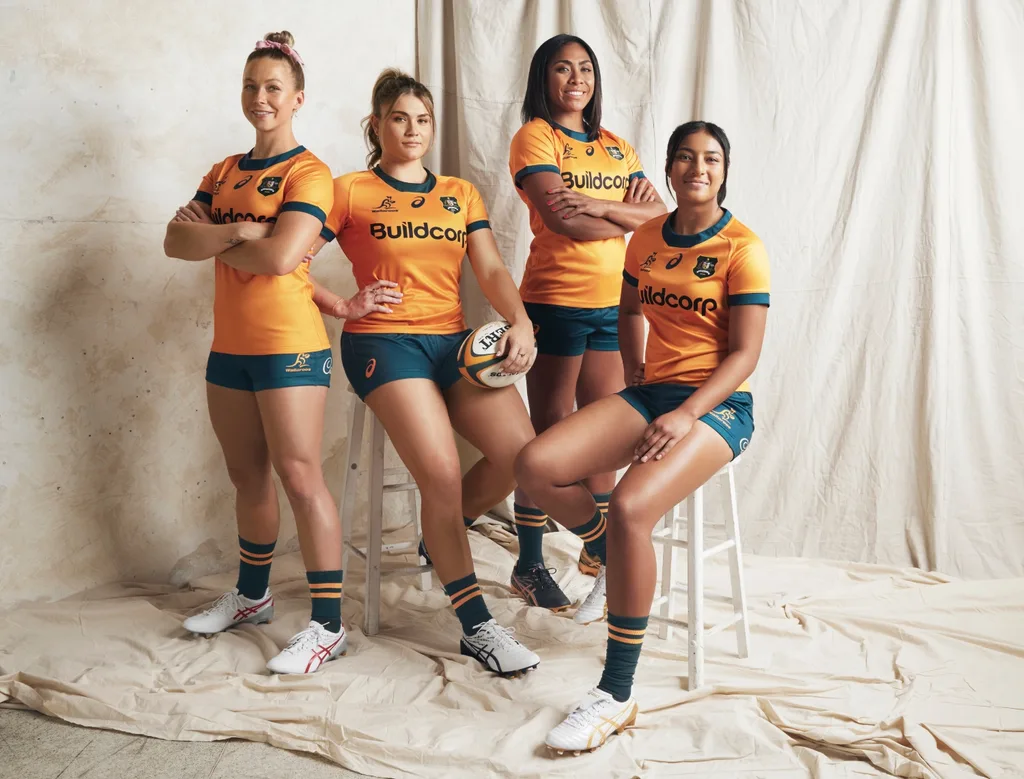
Rugby Union: The Wallaroos
When Wallaroos lock Sera Naiqama watched the FIFA Women’s World Cup earlier this year she was immediately filled with hope. Not just hope for the Matildas but also for what it could mean for the Wallaroos when their turn to host a Rugby World Cup comes around in 2029.
“We have a lot to thank the Matildas for because they’ve provided the blueprint of how to do it,” says the 28-year-old player. “My wildest dream is to say that my teammates and I are filling up stadiums throughout Australia and enjoying that same level of support in 2029.”
What started out as a far-off dream, now feels tangible for the members of Australia’s women’s rugby union team who took the unprecedented step in August of publicly calling out their governing body, Rugby Australia, over gaping differences in funding of the men’s and women’s programs. Talks are seemingly underway to close the gap.
The positive steps have created a new sense of optimism for all. “Right now, there are so many young girls looking for something to grab onto,” says 22-year-old Piper Duck, who is the youngest Wallaroos captain in history.
“I want to be able to walk down the street and instead of hearing someone say, ‘The Wallabies are playing tonight’, I want to hear them say, ‘The Wallaroos are playing!’ That’s the legacy I want to help build for our sport.”

Hockey: The Hockeyroos
Ask the average Australian to name a player across any of the major sporting teams and they’ll arm you with a slew of high-profile male athletes. “[Creating household names by] letting us tell our stories is the best way to help grow our sport. It makes people feel connected to us,” says Hockeyroos player Grace Stewart.
Connecting with a team that only receives global media attention every four years at an Olympic Games is big problem for the Hockeyroos. The limited international exposure equates to a lack of commercial interest and fewer sponsorship opportunities for individual athletes.
In the absence of financial backing, athletes are forced to work second jobs. This is not only to supplement salaries but also to ensure they retire with super, which is not part of their contract.
“We’re so successful,” adds Stewart. “What else do we have to do? The Hockeyroos are ranked number two in the world, but that’s not good enough to be a professional, well-paid athlete. It’s all about your image in the media.”
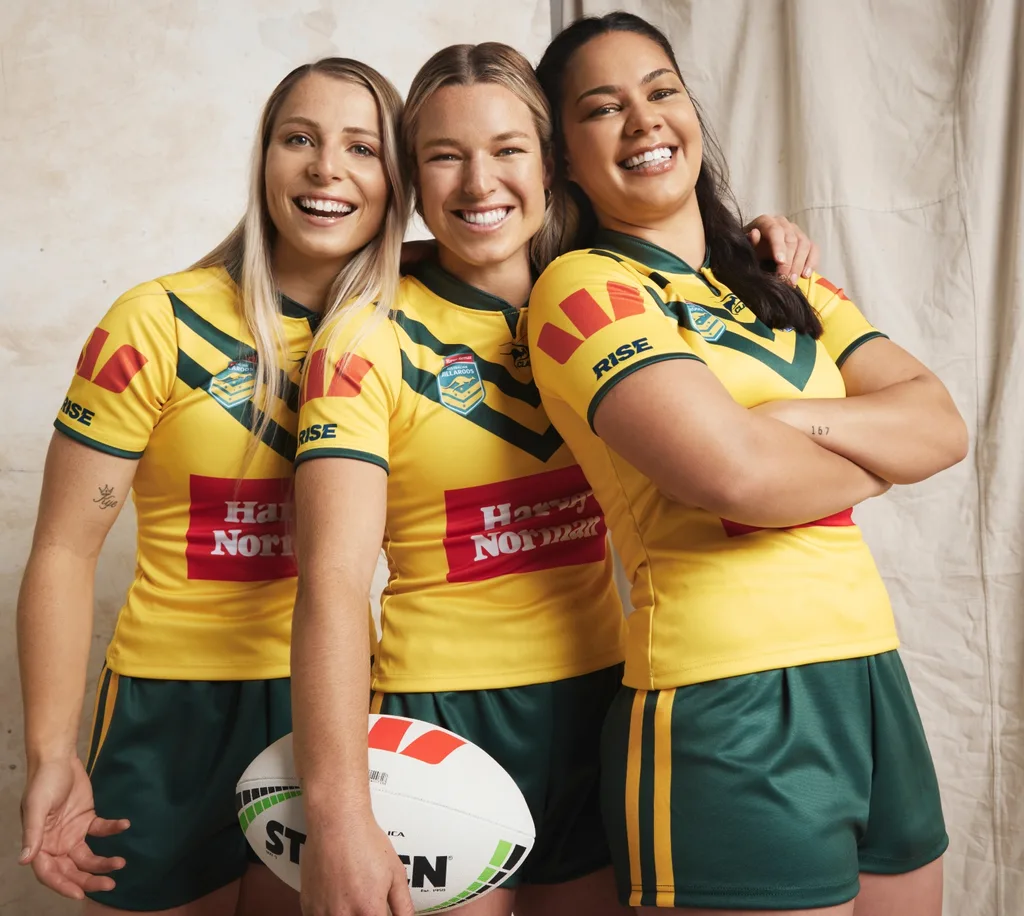
Rugby League: The Jillaroos
If the walls of the NRLW locker-room could talk, they’d chant a victorious song of pride. For years, negotiations for the sport’s Collective Bargaining Agreement (CBA) have been put on the backburner.
Now on the cusp of signing off on it, the agreement will make the NRLW the first female rugby league team to pass a CBA. “It’s a huge deal for us,” says Jillaroos player Emma Tonegato. “We all got onboard and have been pushing together. It ensures better healthcare protection, minimum wage increases over the next few years and more expansion.”
While the Jillaroos have been busy playing their part in future-proofing NRLW as a feasible career for women, the girls are far from done. “Success for us is doing this as a full-time career,” explains Tonegato.
“When we were growing up, you didn’t see female athletes at all. The exposure, awareness and funding from a grassroots level up is so important to helping grow our sport. There’s also still a pay disparity across the sport, where not everyone’s on the same playing field. Our yearly minimum wage is around $30,000, so we need more investment in salaries.”

Basketball: The Opals
It was only September last year that the Opals won bronze at the Women’s Basketball World Cup. And it was right under our noses – here in Australia. The Sydney event was considered a stunning success – breaking attendance, broadcast and social media records – and
the team are thrilled with the support they received, but they acknowledge there’s plenty of room for improvement, especially around funding.
Opals captain Tess Madgen tells marie claire, “The exposure for women’s basketball last year was really great, but it was nothing compared with what the Matildas received. But it costs money to put up massive billboards and create adverts. In reality, they got the exposure we all deserve.”
The Opals are willing to back their product with a challenge for you. “Come to a game,” levels Opals player Stephanie Talbot. “I’ve never spoken to someone who has come to a women’s basketball game and regretted it.” With the new WNBL season starting November 1, there are no excuses.
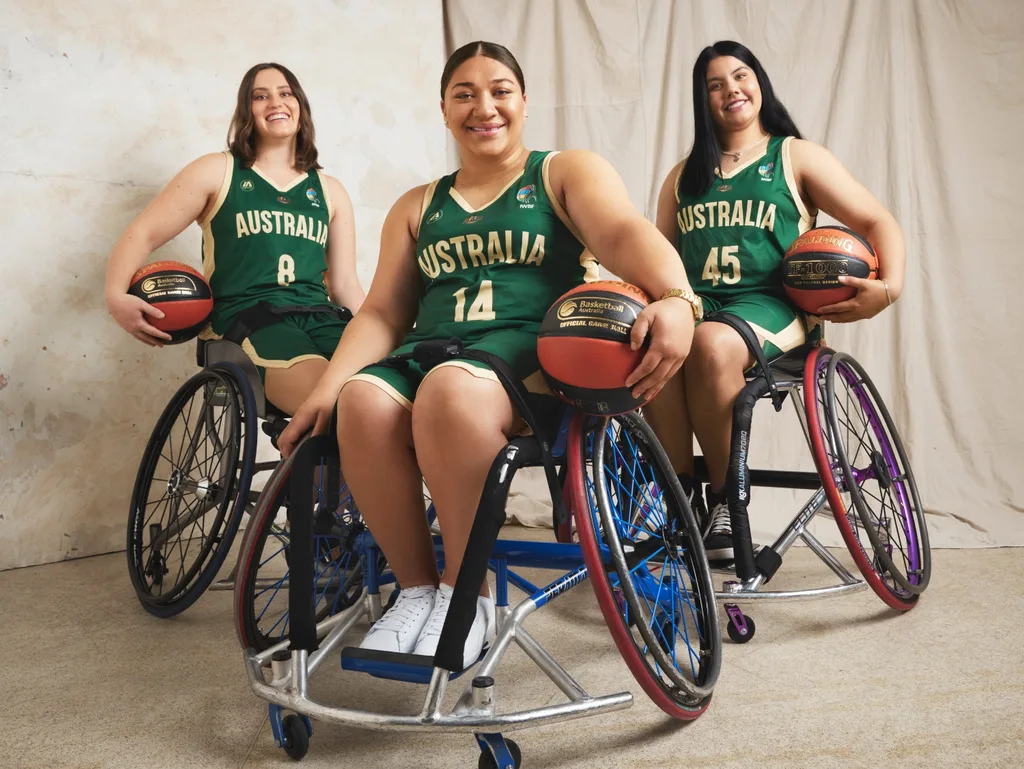
Wheelchair Basketball: The Gliders
Amid the camaraderie and passion felt by Gliders players Breanna Fisk, Georgia Munro-Cook and Maryanne Latu as they tuned into the FIFA Women’s World Cup, there was another emotion that probed the young athletes: a tinge of envy for what could be. With only 19 per cent of women with a disability playing an organised sport, compared with 34 per cent of non-disabled women, wheelchair basketball still remains largely invisible.
“Just because it’s a disabled sport doesn’t mean that people don’t want to watch,” says Gliders captain Munro-Cook. “There needs to be an understanding that it’s possible for us to receive the same level of recognition as the Matildas. If we had that support behind us, we could prove we’re worth watching too.”
The problem stems from a systemic oversight, with funding and resources being tied to one area of diversity (gender, race, cultural diversity). It ignores the reality that people’s identities have different and intersecting facets.
Paralympics Australia recently identified the need to shake up the sporting landscape, with an impassioned plea for investment in disability sports. It points out that of the 4.3 million people with a disability, only one in four participates in sport, while three
in four want to participate.
Munro-Cook believes in the dream: “Five years from now I hope we have a thriving national league that people come and support. Hopefully we’ll have just come off the Paralympics and have won a medal!”


